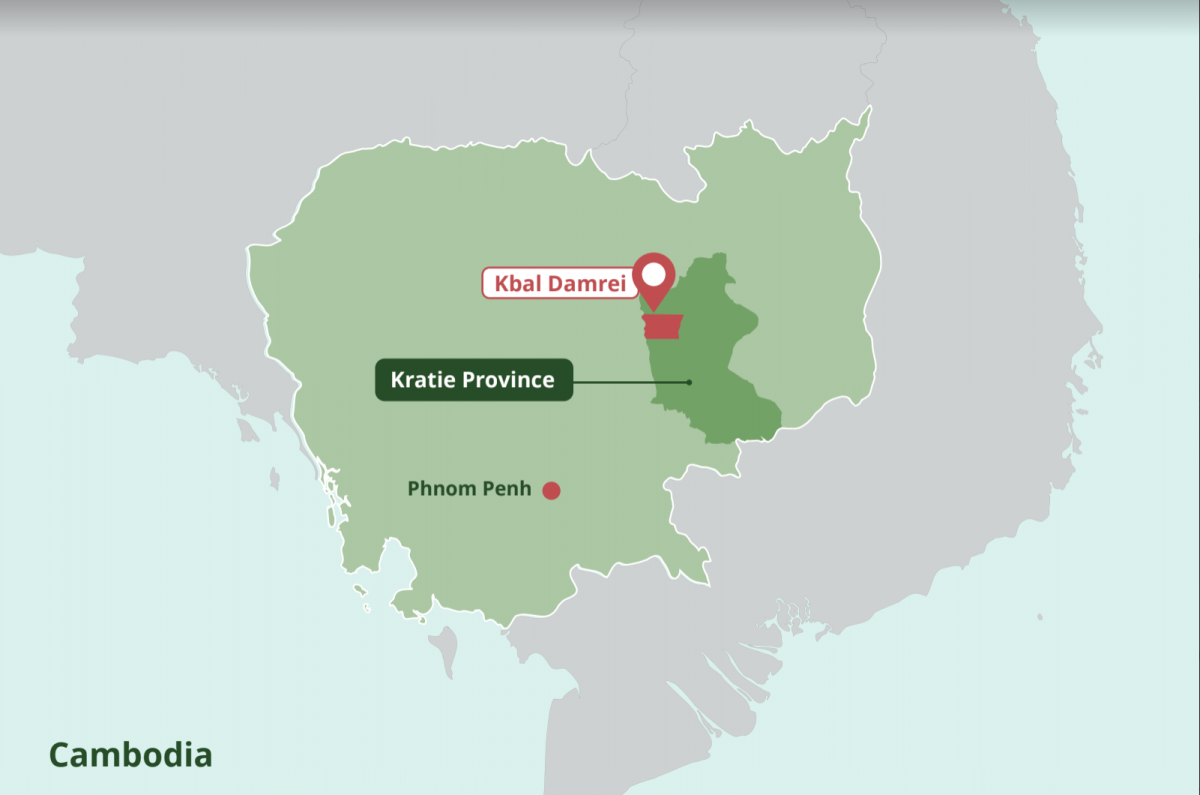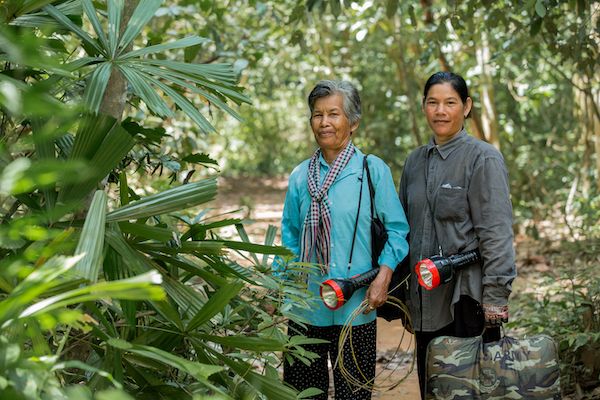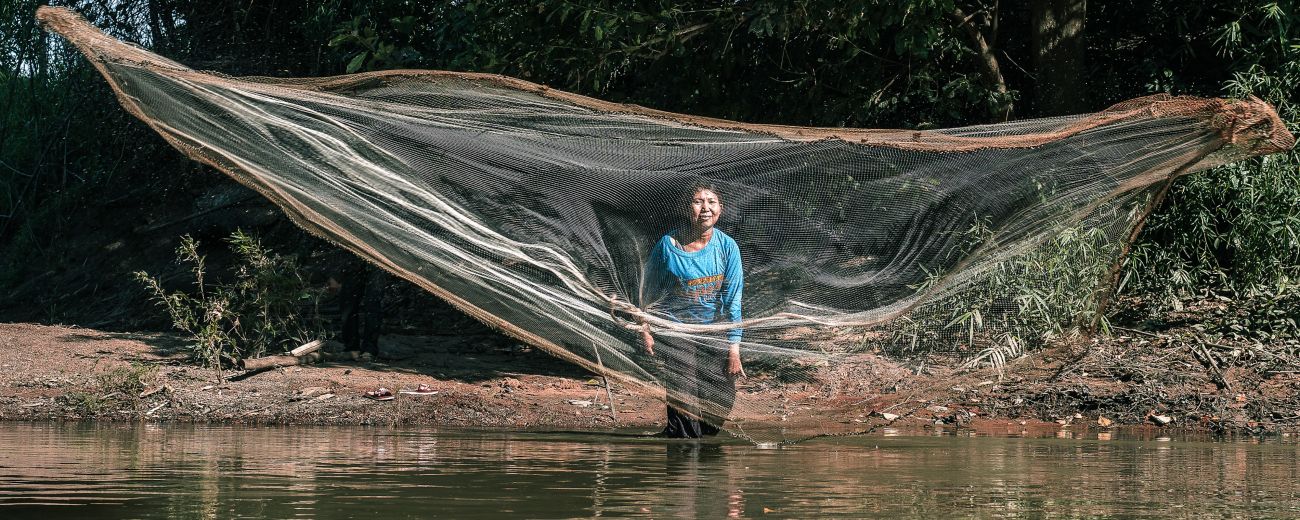
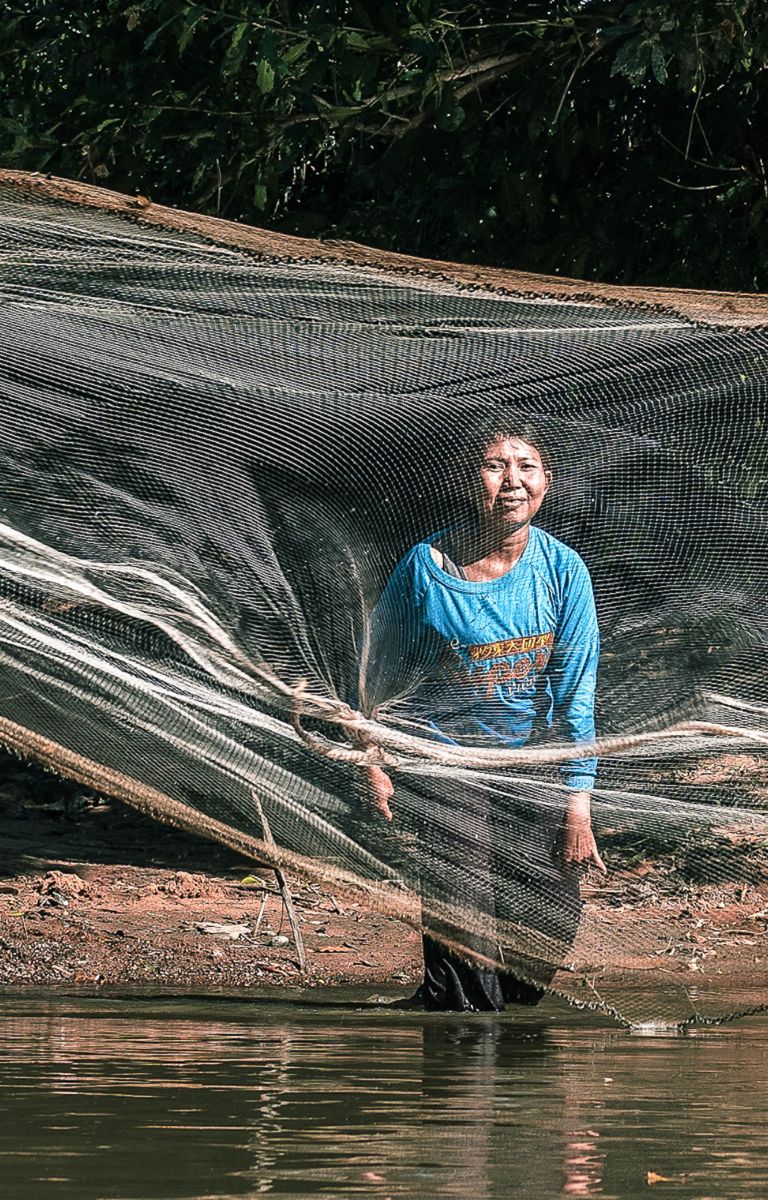
The 613-acre O Taneung community forest is about 65 kilometres from Kratie City in eastern Cambodia. Here, local people can manage and protect the forest and harvest foods, medicines and fuelwood without fear of conflict.
It wasn’t always this harmonious. Community forest chief Pao Kosal recalls being attacked by illegal loggers some years ago.
“Previously, the commune and authorities didn’t support our community,” says Pao. “But now, we’re not worried. The attacks and the threats don’t happen anymore.”
That is partly because local authorities have embraced the community’s efforts to protect the forest and build it into an economic asset, with support from RECOFTC.
Cambodia’s Ministry of Agriculture, Forestry and Fisheries officially recognized the community forest in 2012. Three years later, community members received a 15-year land lease guaranteeing access to the forest, as long as they implement an official forest management plan.
The community forest in 2020 had 245 members, more than a third of the population of Kbal Damrei Commune in Sambour District, Kratie Province.
In Cambodia, communes are the third-level administrative division. They can consist of as few as three or as many as 30 villages, depending on the population.
Building community resilience
RECOFTC and partners have been working with O Taneung and other community forests through an eight-year project called the Partnership for Forestry and Fisheries Communities. The project aims to improve communities’ resilience to economic and natural shocks through community-based natural resource management.
The initiative is already bearing fruit. The community forest group is pioneering a deadwood-harvesting program that could provide a blueprint for sustainable timber, pole and firewood production from community forests nationwide. Villagers think deadwood could one day be the forest’s most valuable product.
“If you don’t do anything, the deadwood will burn,” says community forest member Rey Seakla, pointing to the risk of wildfires. “Instead, we can sell it and make extra money to invest in our community forest.”
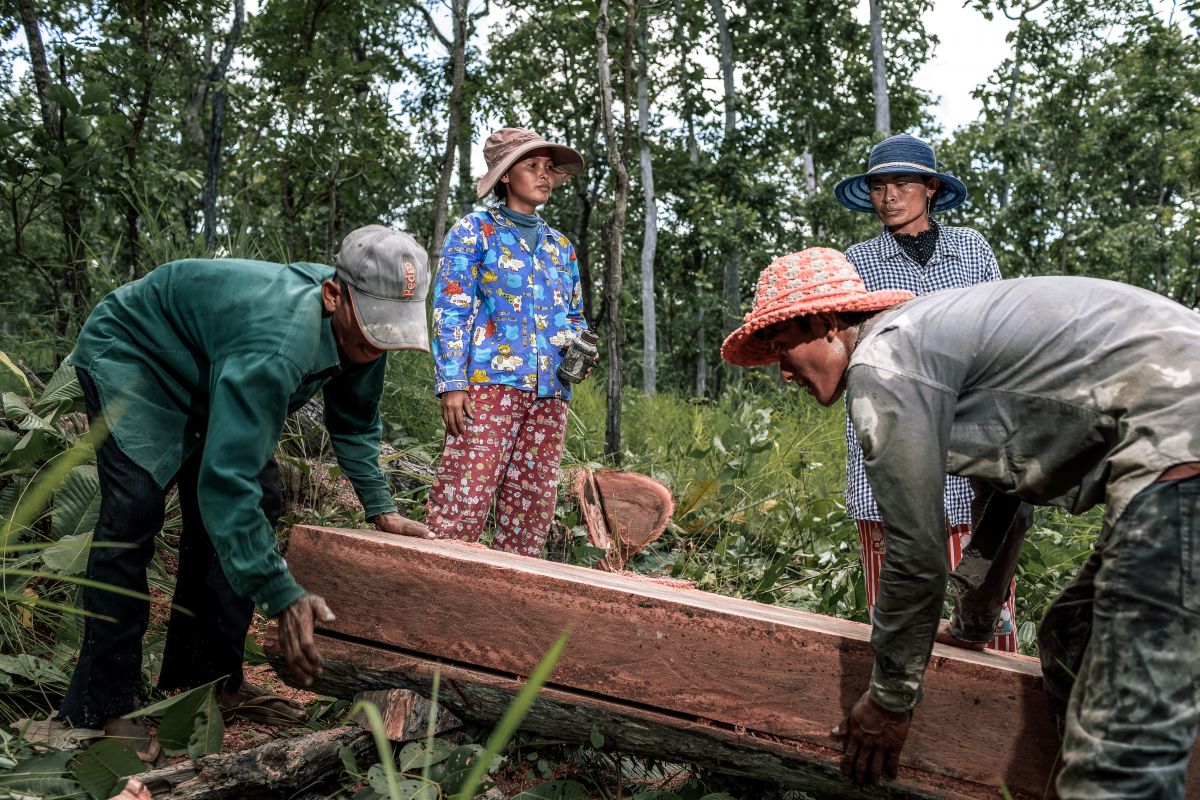
Credit supports a range of activities
Since 2018, O Taneung members have been managing a community forest credit scheme that they launched with US$1,000 in funding from RECOFTC and the Swiss Agency for Development and Cooperation. The fund grew to more than US$3,000 by 2020 serving 35 families. Most households have used their loans to buy seeds, fertilizers and other agricultural materials.
“I hope everyone in the community can borrow in the future,” says Tuy Sophon, the credit scheme’s chief.
The loan application process is faster and simpler than that of a bank or microfinance institution, and it requires no collateral from borrowers. And the interest that borrowers pay is only a little higher than what a microfinance institution or bank would charge. However, the proceeds of these loans stay firmly in the community, where they are reinvested in the credit scheme and in forest management.
As with other credit schemes that RECOFTC has supported, this one is empowering women and helping to address forest crimes. Community members can now use money from the scheme for petrol, food and other supplies for forest patrols.
As the scheme’s capital grows, community members hope it will be able to fund more ambitious projects. They are discussing a seedling nursery for reforestation, a firebreak to prevent the spread of forest fires and improved roads to allow them to respond faster to illegal activities in their forest.
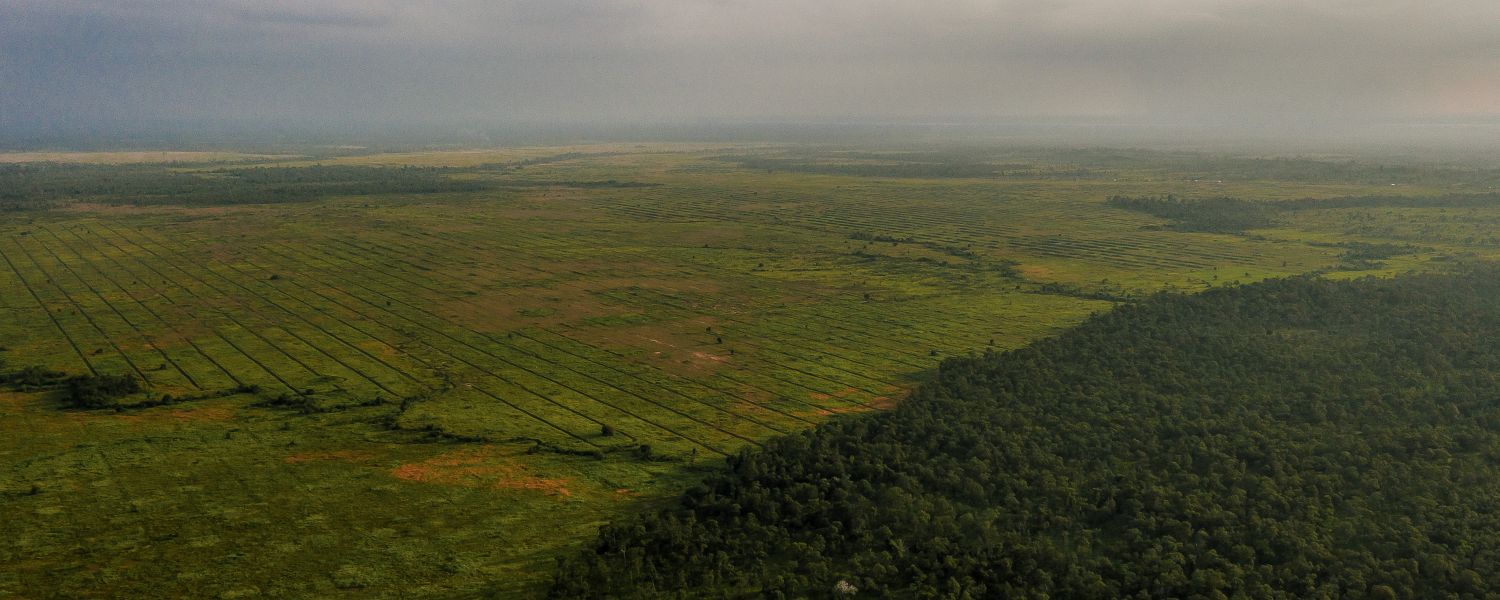
Collaboration increases security
Kbal Damrei Council Representative Tom Them says the commune leadership is proud of the community forestry group’s work. He says the commune has worked with the group’s leaders to provide support or seek out partnerships.
So far, the commune has devoted some of its law enforcement capacity to addressing issues in and around the forest. The commune and the community forestry group have also collaborated on a bridge built with timber from the community forest. In exchange for the timber, the community forestry group secured a portion of the fees that outsiders pay to cross the bridge.
Community forest chief Pao Kosal acknowledges that security has increased through working with the local and district authorities. And he appeals for even deeper partnerships in the years ahead.
“Although we have come a long way after starting with nothing, we still need support,” he says. “The community alone can’t do it all yet. But we’re going to climb the mountain. We’re going to get to the top.”

